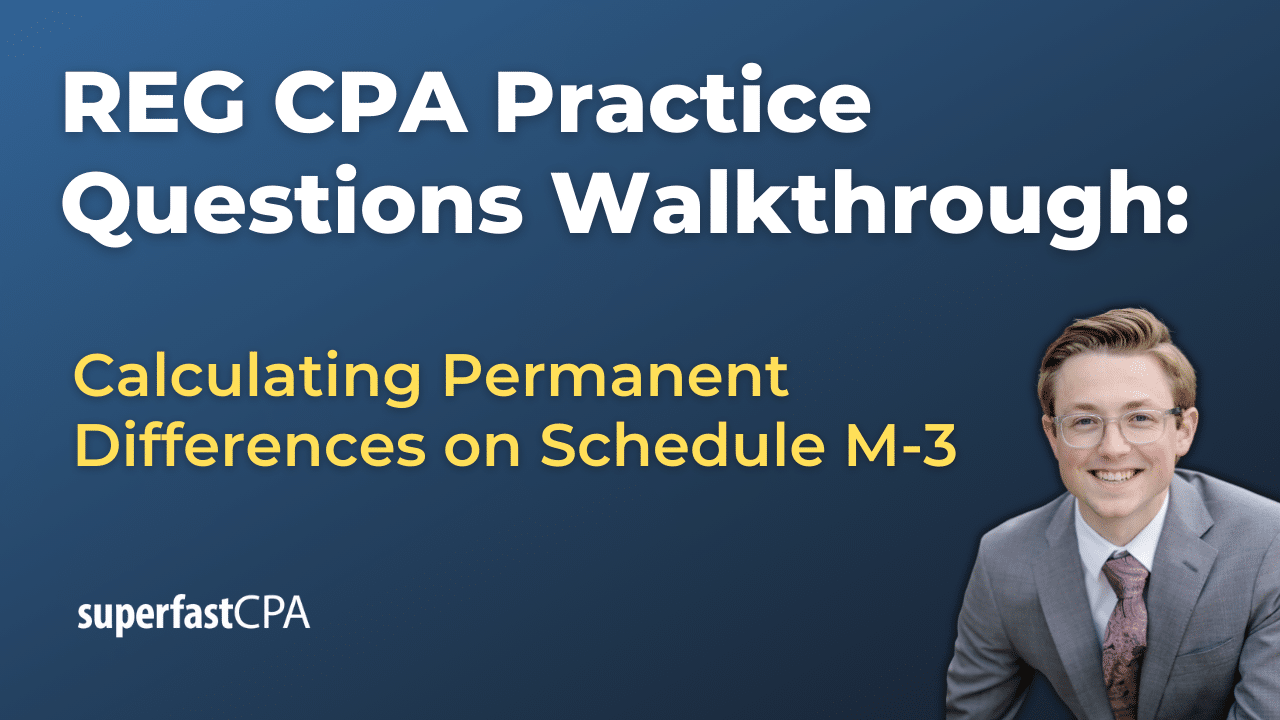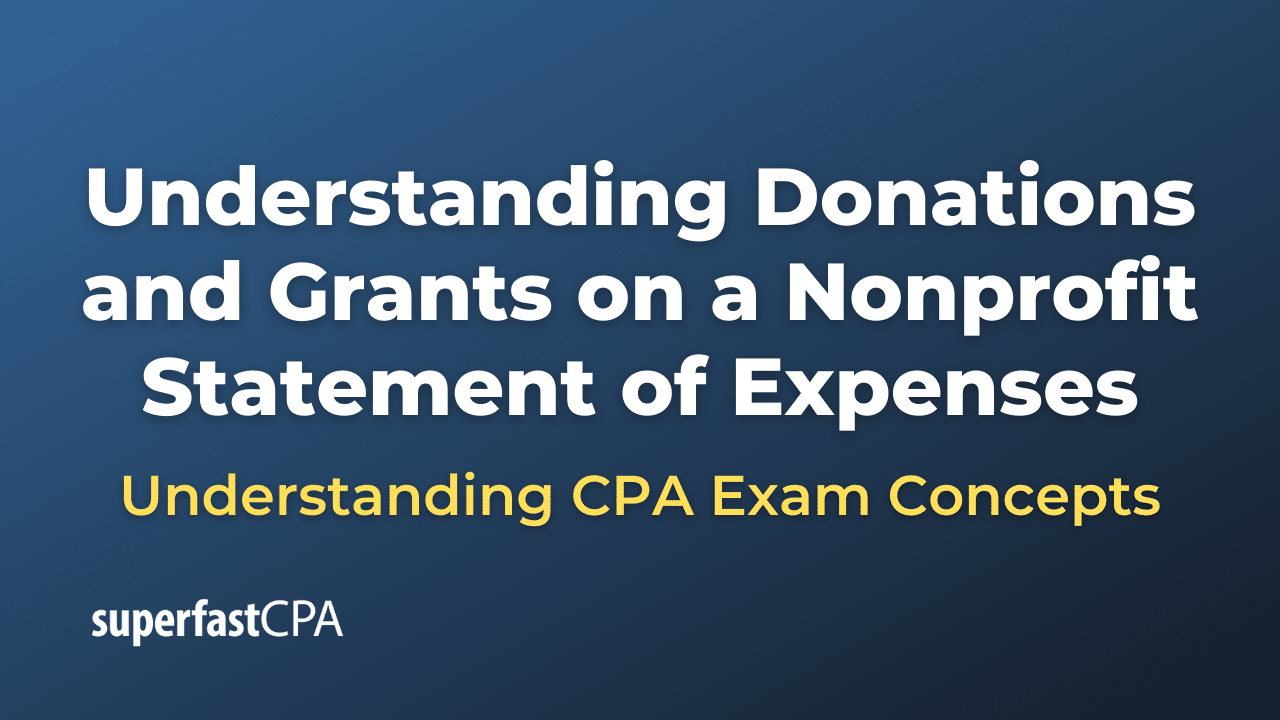Crowdfunding
Crowdfunding is a method of raising funds for a project, cause, or business venture by soliciting small amounts of money from a large number of people, typically via the internet. It has emerged as a popular alternative to traditional forms of financing such as bank loans, venture capital, or personal savings.
There are several types of crowdfunding:
- Donation-Based Crowdfunding: People contribute to a cause, project, or charity they want to support, with no expectation of a financial return. This is often used for social, community, or non-profit projects.
- Rewards-Based Crowdfunding: Backers receive a reward for their contribution, usually in the form of the product that’s being funded or some kind of promotional merchandise. This is common for creative projects like music, film, or new product development.
- Equity-Based Crowdfunding: Investors receive a stake in the company in exchange for their investment. This allows startups and small businesses to raise funds without taking on debt.
- Debt-Based Crowdfunding (also known as peer-to-peer lending or P2P lending): Investors lend money with the expectation that it will be paid back with interest, similar to a traditional loan but without the involvement of a traditional financial institution.
Platforms like Kickstarter and Indiegogo are examples of rewards-based crowdfunding, while platforms like AngelList and CircleUp offer equity-based crowdfunding. GoFundMe is a popular platform for donation-based crowdfunding, and LendingClub is known for debt-based crowdfunding.
Crowdfunding allows individuals to support projects they believe in and gives creators, entrepreneurs, and businesses a way to raise funds while building a community of supporters. However, it also involves challenges, such as the need to attract a large enough audience, the risk of not reaching the funding goal, and the need to fulfill rewards or pay back investors.
Example of Crowdfunding
Let’s take an example of a rewards-based crowdfunding campaign for a new product.
Suppose Sarah is an entrepreneur who has designed a new type of sustainable, reusable water bottle. She has a prototype and a manufacturer ready to go, but she needs funding to cover the initial production costs. Instead of seeking a traditional loan or investment, she decides to use Kickstarter, a popular crowdfunding platform, to raise the money.
Sarah sets up a Kickstarter campaign where she aims to raise $20,000. She provides a detailed description of the product, its benefits, how the money will be used, and her timeline for production. She also sets up a series of rewards for backers. For example:
- For a pledge of $10, backers receive a thank you email and regular updates about the project.
- For a pledge of $25, backers receive a reusable water bottle once they’re produced.
- For a pledge of $50, backers receive a special edition water bottle.
- For a pledge of $100, backers receive a set of four water bottles.
Sarah then promotes her Kickstarter campaign on social media, in local press, and through her personal network. People who are interested in the product can pledge money towards Sarah’s goal, and if she reaches or exceeds the $20,000 target within the campaign’s timeframe, she receives the money, and the backers receive their rewards when the product is ready.
If Sarah doesn’t reach the $20,000 goal, then, according to Kickstarter’s all-or-nothing policy, the pledged money is returned to the backers, and Sarah receives nothing. This policy is in place to protect both creators and backers: creators know they’ll have the full amount they need to complete their project, and backers know their money will go towards a project that has sufficient funds to be realized.
Crowdfunding, in this case, not only provides Sarah with the necessary capital to start her production but also helps her validate the market demand for her product and build a community of initial customers.














